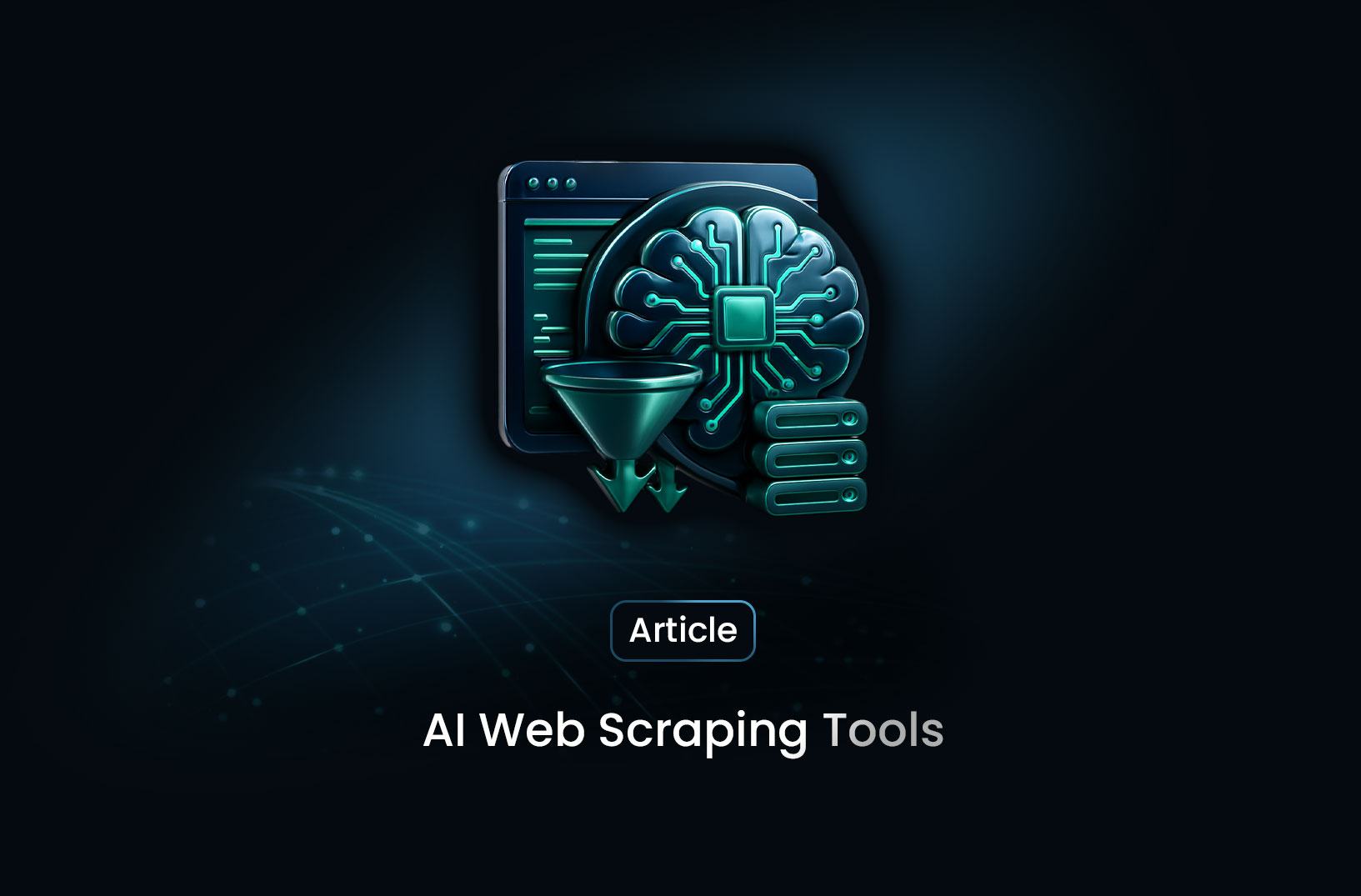
How to Use Shuttle Proxy: Features, Configuration, and Best Practices
ArticleLearn what Shuttle Proxy is, how it works, and how to set it up for secure and anonymous browsing. Explore its key features, practical uses, and expert best practices for safe internet access.
What Is Shuttle Proxy?
Shuttle Proxy is a web-based proxy service designed to help users browse safely and privately. By routing your internet traffic through a remote server, it hides your real IP address and allows you to access websites that might otherwise be restricted by location or network rules.
Unlike traditional VPNs, Shuttle Proxy is often browser-based—meaning you can use it instantly without installing additional software. This makes it ideal for quick, lightweight, and flexible browsing protection.
How Shuttle Proxy Works
When you use Shuttle Proxy, your web requests are first sent to the proxy server instead of directly to the target website. The server then forwards the request on your behalf, retrieves the content, and sends it back to you.
This process ensures:
- Your real IP address remains hidden, protecting your privacy.
- You can bypass geo-blocks or restricted networks.
- Websites only see the proxy server’s IP address, not yours.
Some Shuttle Proxy services also support SOCKS5 or rotating proxies, providing more flexibility and speed depending on your browsing needs.
Key Features of Shuttle Proxy
✅ IP Masking – Keeps your location and identity private.
✅ Fast Connection – Optimized servers for minimal browsing lag.
✅ Browser-Based Use – No need for complicated setups or extra tools.
✅ Cross-Platform Compatibility – Works on desktops, mobile browsers, and lightweight systems.
✅ Bypass Filters – Access blocked websites and restricted online resources.
How to Configure Shuttle Proxy
Here’s a quick guide to get started:
- Visit the Shuttle Proxy website – Choose a trusted service provider.
- Enter the target URL – The site will route your request through its secure proxy server.
- Confirm your IP change – You can check via any “What’s My IP” service.
- Adjust settings – Some versions allow you to select regions, connection types, or anonymity levels.
- Start browsing safely – Enjoy unrestricted and private access to the web.
For advanced users, you can also integrate Shuttle Proxy manually into your browser’s proxy configuration under the network or advanced settings tab.
Best Practices for Using Shuttle Proxy
- Choose reputable providers to ensure your data isn’t logged or sold.
- Avoid sensitive transactions (like banking or passwords) on free proxies.
- Clear cookies and cache after proxy sessions to maintain privacy.
- Rotate proxies periodically for better anonymity.
- Use HTTPS websites for encrypted communication even through the proxy.
Pros and Cons of Shuttle Proxy
Pros:
- Simple, fast, and accessible from any browser
- No installation required
- Effective for bypassing light restrictions
- Helps mask your identity online
Cons:
- May not encrypt all data
- Free services can be slower or less secure
- Limited protection compared to a full VPN
Conclusion
Shuttle Proxy is a convenient and efficient solution for users who want a balance between privacy and accessibility. It provides a straightforward way to hide your IP, access restricted content, and browse safely from any device.
While it’s not a full replacement for a VPN in terms of encryption, Shuttle Proxy offers a fast and lightweight option for anyone seeking anonymous browsing with minimal setup.
Find more insights here

Proxy 101: What Is a Proxy and Why It Matters for Web Scraping
Learn what a proxy is, how it works, the different types of proxies, and why proxies are essential f...

LunaProxy vs PYPROXY — Which Proxy Service Fits Your Needs in 2025?
Compare LunaProxy and PYPROXY in 2025 to find out which proxy service fits your scraping, automation...

7 Most Effective AI Web Scraping Tools for Automated Data Extraction in 2025
A look at 7 AI web scraping tools that stand out in 2025—what they offer, how they work, and why MrS...
